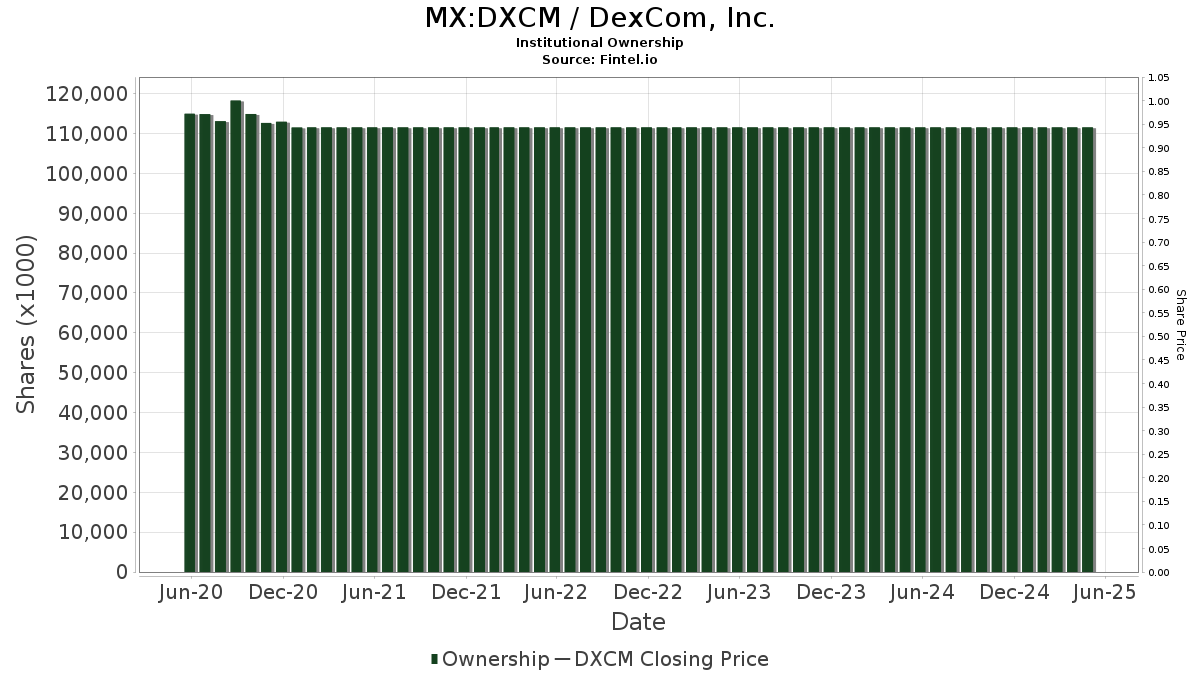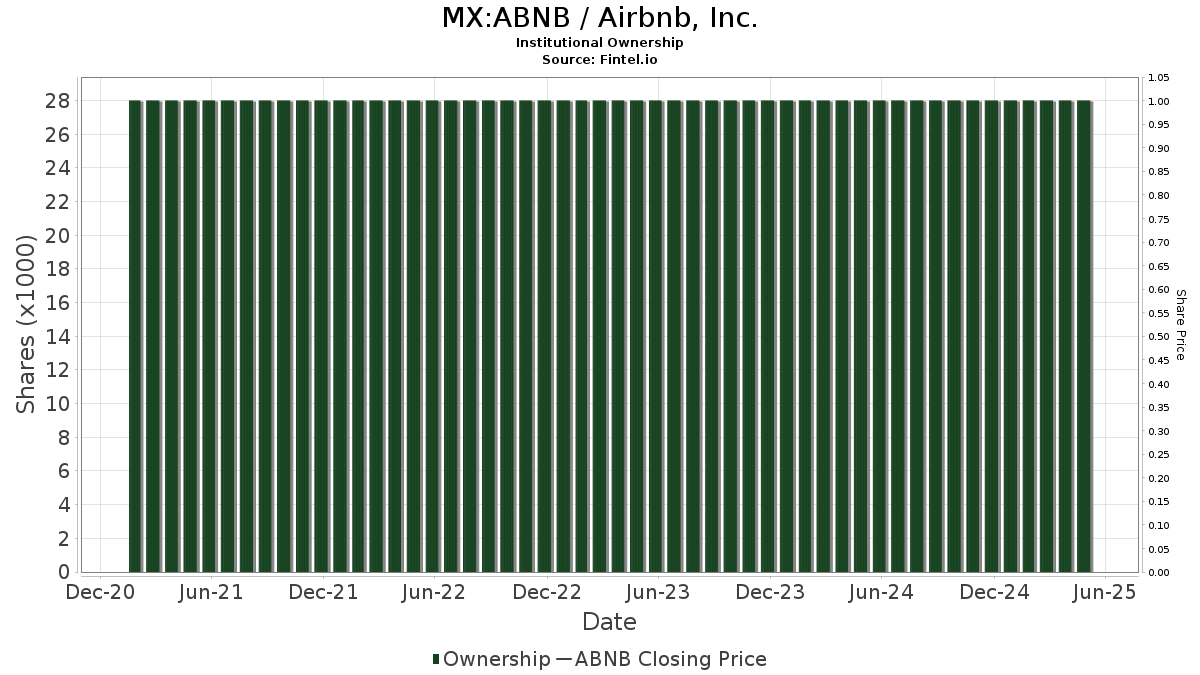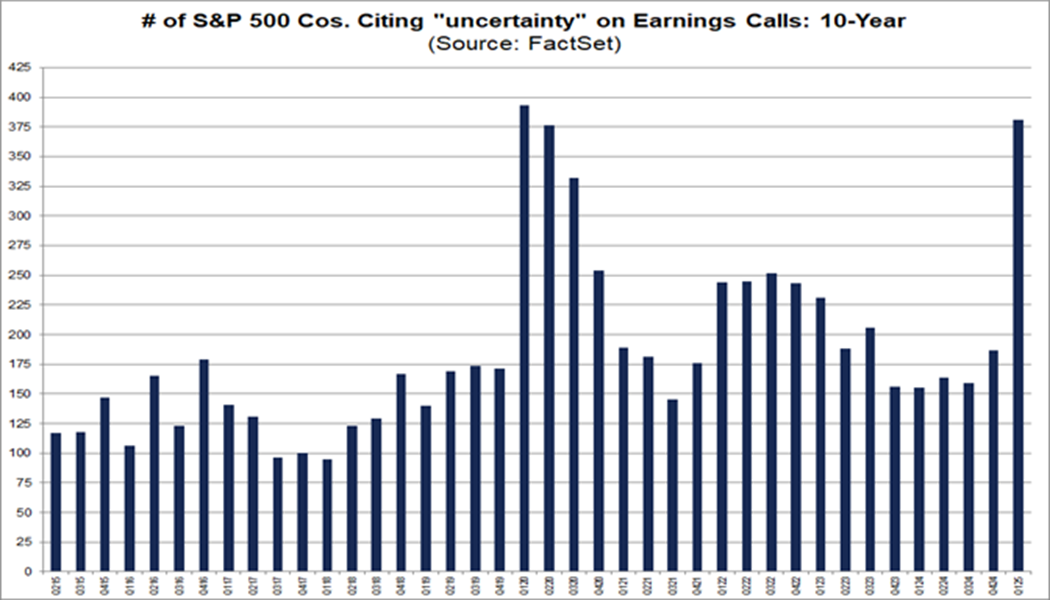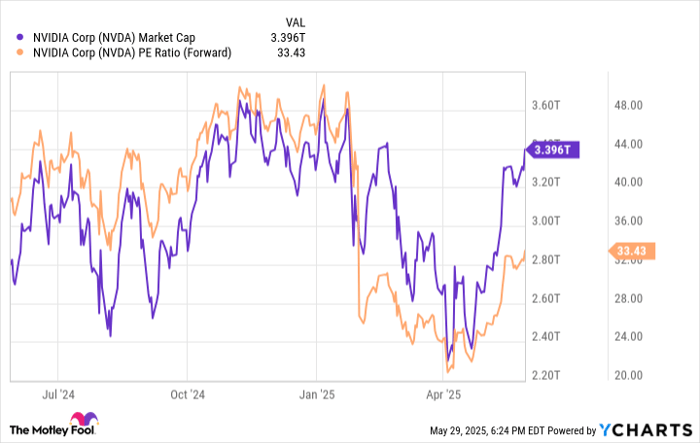# Oil Prices Surge Following Trade Deal and Production Cuts
June WTI crude oil (CLM25) closed Thursday up +1.84 (+3.17%), while June RBOB gasoline (RBM25) increased by +0.0575 (+2.84%).
Trade Deal Boosts Energy Optimism
On Thursday, crude oil and gasoline prices experienced a significant increase after President Trump announced a trade deal with the UK. This development alleviated trade tensions and heightened expectations for further agreements, positively influencing energy demand. In addition, the recent drop in crude prices has led U.S. producers to announce plans for future spending cuts, which is expected to result in lower U.S. crude production. However, the rally in the dollar index (DXY00) reaching a 3-1/2 week high limited some of the gains in crude prices.
US Production Cuts Support Price Outlook
The outlook for reduced U.S. crude production is seen as favorable for oil prices. Companies such as Occidental Petroleum, APA Corp, and Permian Resources have announced spending cuts in the Permian Basin, the largest shale oil-producing region in the world, due to recent crude prices plunging to a four-year low.
Geopolitical Factors Impacting Prices
Easing geopolitical risks in the Middle East may negatively affect crude prices. President Trump indicated that the U.S. would cease its bombing campaign against Houthi rebels in Yemen following a ceasefire facilitated by Oman. Additionally, Vice President Pence mentioned that a nuclear deal with Iran might reintegrate the country into the global economy, further adding to the sentiment.
OPEC+ Output Increases Raise Concerns
Crude prices fell to a four-week low on Monday amid concerns about a global oil glut, after OPEC+ agreed to a production increase of 411,000 barrels per day (bpd) in June. Saudi Arabia has suggested that similar production increases may follow, aimed at lowering oil prices and penalizing overproducing OPEC+ members like Kazakhstan and Iraq.
OPEC+ is gradually boosting output to reverse a two-year-long production cut, restoring a total of 2.2 million bpd. Even though the organization initially planned to restore production from January to late 2025, the timeline has shifted, meaning full restoration won’t occur until September 2026. As of April, OPEC’s crude production fell by 200,000 bpd to 27.24 million bpd.
Potential Sanctions and Global Supply Dynamics
Additional sanctions targeting Russian crude may impact global oil supplies and support pricing levels. U.S. Senator Graham stated last Thursday that he has backing from 72 senators for a bill proposing stringent new sanctions on Russia, including a 500% tariff on imports from nations purchasing Russian crude and prohibiting U.S. citizens from buying Russian sovereign debt.
Progress reported in U.S.-Iran negotiations regarding Iran’s nuclear program could also influence crude prices. If a deal is reached, the U.S. might lift export restrictions on Iranian crude oil, which could lead to increased oil supplies in the global market, adversely affecting crude prices.
Declining Global Crude Storage Gives Support
A decline in crude oil stored worldwide on tankers is a bullish indicator for oil prices. Vortexa data indicated that stationary crude oil storage on tankers dropped by 14% week-over-week to 79.84 million barrels for the week ending May 2.
A supportive factor for crude oil prices was the U.S. imposing new sanctions on Russia’s oil industry on January 10. These measures targeted Gazprom Neft and Surgutneftgas, which exported approximately 970,000 bpd of Russian crude in the first 10 months of 2024, following about 30% of its tanker flow according to Bloomberg data. The U.S. also targeted insurers and traders linked to numerous tanker cargoes. Notably, Russian oil product exports in March reached a five-month high of 3.45 million bpd, but weekly vessel-tracking data from Bloomberg reported a drop in crude exports by 190,000 bpd week-over-week to 3.20 million bpd as of May 4.
Recent Inventory and Rig Data
Wednesday’s EIA report revealed key statistics: (1) U.S. crude oil inventories were 7.3% below the seasonal five-year average as of May 2, (2) gasoline inventories were 3.1% below the average, and (3) distillate inventories were 13.1% below the five-year average. U.S. crude production for the week ending May 2 also decreased by 0.7% week-over-week to 13.367 million bpd, slightly below the record high of 13.631 million bpd from December 6.
Baker Hughes reported last Friday that the number of active U.S. oil rigs fell by four to 479 in the week ending May 2. This figure remains moderately above the three-and-a-quarter-year low of 472 rigs recorded on January 24. Over the past two years, the number of U.S. oil rigs has dropped from a five-year high of 627 rigs noted in December 2022.
On the date of publication, Rich Asplund did not have (either directly or indirectly) positions in any of the securities mentioned in this article. All information and data in this article are solely for informational purposes.
For further insights, consult the relevant resources for full disclosure policies.
The views and opinions expressed herein are solely those of the author.






